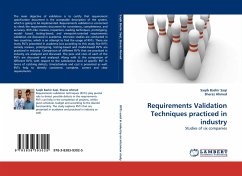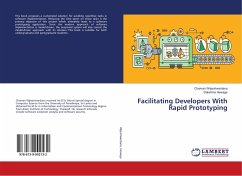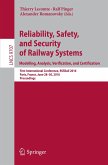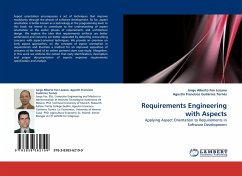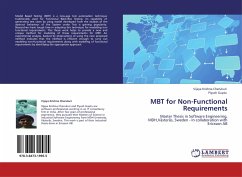The main objective of validation is to certify that requirement specification document is the acceptable description of the system, which is going to be implemented. Requirements validation is concerned to check the requirements document for consistency, completeness, and accuracy. RVTs like: reviews, inspection, reading techniques, prototyping, model- based, testing-based, and viewpoint-oriented requirements validation are discussed in academia. Interview studies are conducted in two countries, which is an attempt to find the usage of RVTs. There are many RVTs presented in academia but according to this study five RVTs namely reviews, prototyping, testing-based and model-based RVTs are practiced in industry. Comparison of different RVTs that are practiced in industry are analyzed and discussed. The pros and cons of each of the RVTs are discussed and analyzed. Along with it; the comparison of different RVTs with respect to the satisfaction level of specific RVT in terms of catching defects, time/schedule and cost is presented as well. RVTs help to identify consistent, complete, correct and clear requirements.
Bitte wählen Sie Ihr Anliegen aus.
Rechnungen
Retourenschein anfordern
Bestellstatus
Storno

